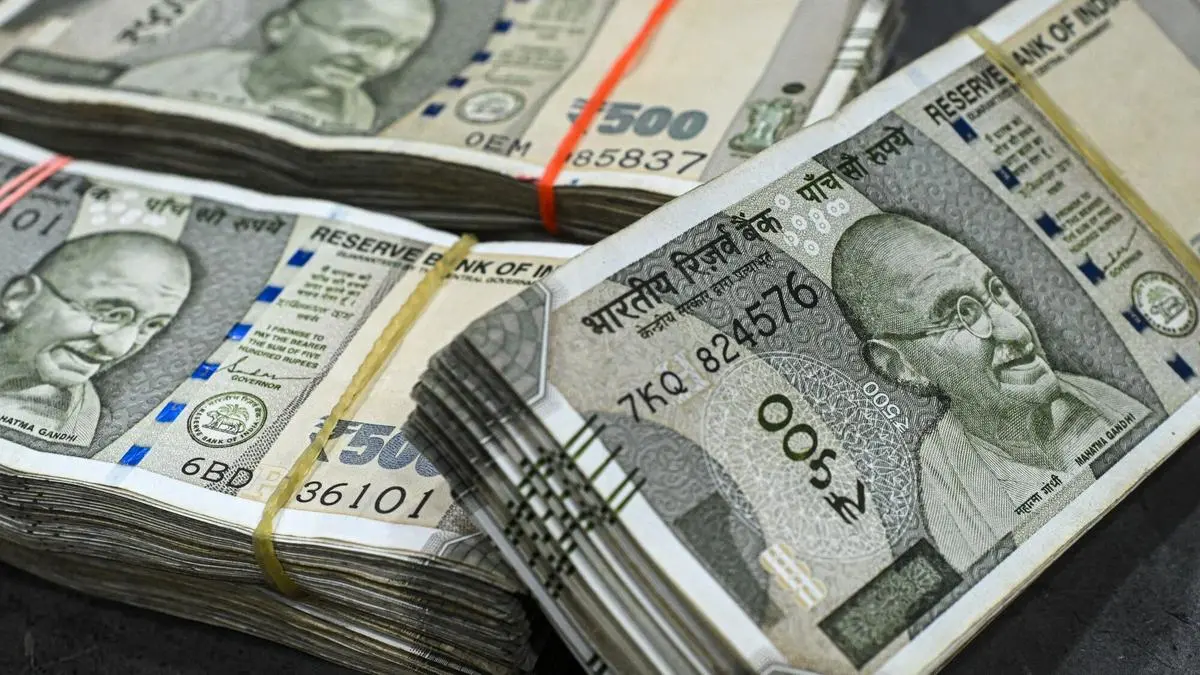Rupee dips 45 paise to close at all-time low of 88.75/USD

The Indian currency (INR) plunged about 45 paise to close at 88.7550 per US dollar (USD) against the previous close of 88.3075
The rupee declined to close at an all-time low on Tuesday as the steep tariffs on Indian goods entering the US and increase in fees for H-1B visa applicants continued to weigh on it.
The Indian currency (INR) plunged about 45 paise to close at 88.7550 per US dollar (USD) against the previous close of 88.3075.
The central bank is believed to have intervened at the 88.50 level to ensure that the slide is gradual, say forex dealers. INR’s previous record closing low was 88.4450 per US dollar (USD) about a couple of weeks ago.
Dipti Chitale, CEO, Mecklai Financial Services, noted that the rupee hit its new all-time low at 88.8075, weakening 0.54 per cent over yesterday’s close.
“This move has diverged from the broader dollar trend seen against other majors and emerging market currencies, and was mainly triggered by rising FII outflow, month and quarter end dollar demand and steeper tariffs on Indian exports, coupled with Trump’s move to impose a $100,000 H-1B visa fee posing a risk to IT sector and remittance flows,” she said.
Chitale observed that the US Dollar Index (97.35) has eased 0.61 per cent over the past month, reflecting weakness as markets price in Fed cuts and softer US growth. Further, globally, the dollar has weakened against the euro and pound, while showing recovery against INR.
“Looking ahead, the rupee is expected to maintain the weaker bias…In the absence of supportive global flows, the rupee is likely to stay under pressure, with RBI interventions providing interim stability,” she said.
IFA Global, in a note, cautioned that a hike in US H-1B visa fees threatens India’s IT export margins and remittance flows, while US tariffs on Indian goods continue to weigh on trade sentiment.
HIRE Act
On top of this, the proposed HIRE Act in the US calls for a 25 per cent tax on outsourcing payments and disallowing such payments as tax-deductible.
“Since over half of India’s IT revenue comes from US clients, this Bill, if passed in its current form, could erode competitive pricing, squeeze margins, and lead to renegotiations or delays in outsourcing contracts,” said IFA Global.
Bank of Baroda Chief Economist Madan Sabnavis observed that the rupee’s new low comes at a time when the dollar is weakening.
The main triggers for the rupee’s weakness are: tariff uncertainty is still weighing heavily on it; the H-1B visa effect has played out on the IT sector with equity investors reconsidering their options; and limited intervention from the RBI.
“If the RBI does not intervene, it is expected that the central bank is okay with the situation, which can be a trigger for further depreciation. The 89 level will be tested now,” he said.
Published on September 23, 2025














Post Comment